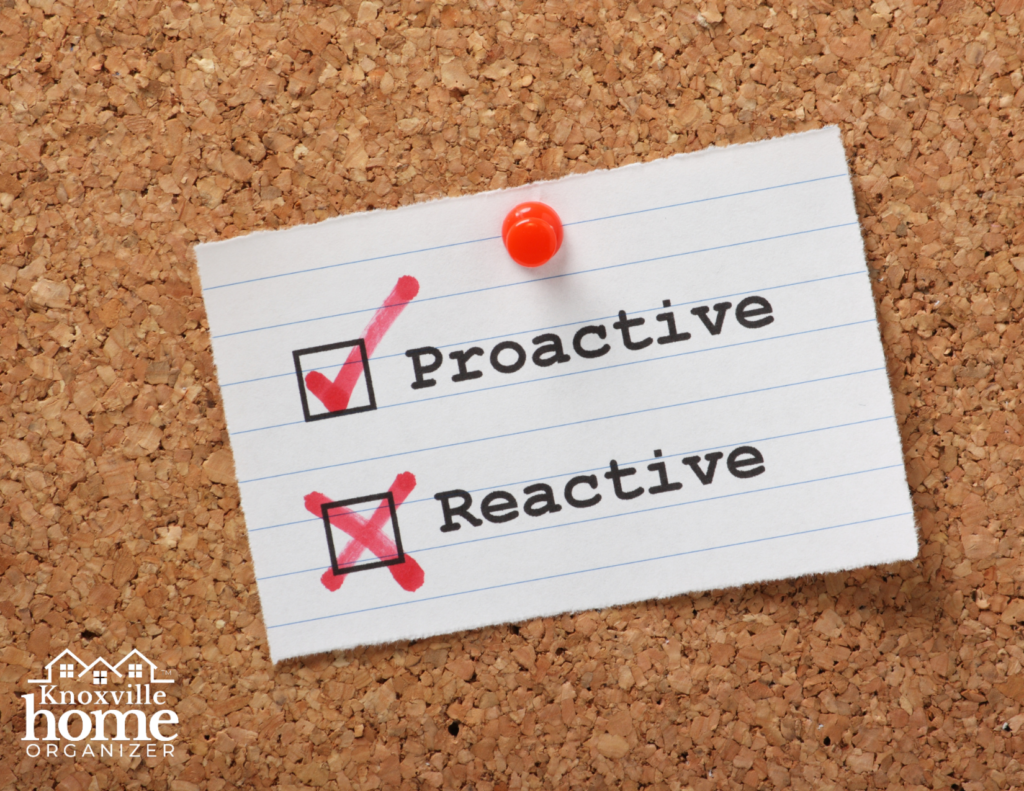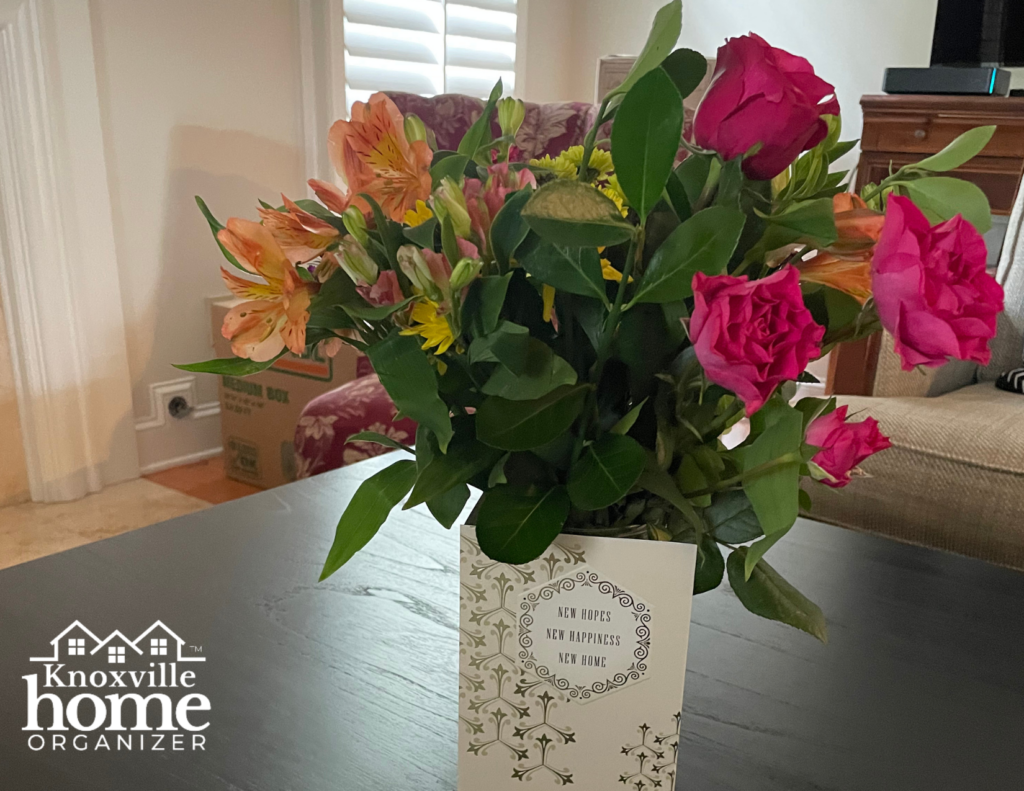Moving is more than just a change of address—it’s a significant life transition that requires careful consideration. In fact, nearly half of Americans in a recent survey cited moving as the most stressful event in life, above divorce or having children.

For aging adults, the decision to move isn’t just about where to live next; it’s about ensuring safety, accessibility, and peace of mind for the years ahead. Whether you’re weighing the decision for yourself or helping an aging parent, understanding what’s at stake is the first step in making an informed choice.
Evaluating the Need to Move
Before making a decision, take a hard look at whether staying in your current home supports your long-term well-being. Some key factors to consider include:
- Safety & Accessibility: Can you navigate your home comfortably? Are stairs, bathrooms, or narrow hallways becoming a challenge?
- Home Maintenance: Is keeping up with home repairs, yard work, and daily tasks becoming overwhelming?
- Social & Support Network: Are you close to family, friends, and caregivers who can assist when needed?
- Financial Considerations: Does staying in your current home make sense financially, or would downsizing free up resources for care and a better quality of life?
- Health & Mobility Needs: Will your current home accommodate future changes in mobility, or will modifications be required?

These are not just practical questions—they carry emotional weight. Many aging adults feel a deep attachment to their home, making the decision to move even more complex. But clarity comes from evaluating the realities of your situation, not just the sentiment.
Proactive vs. Reactive Moving: The Importance of Timing
One of the most important aspects of deciding to move is choosing whether to do so proactively or being forced to do so reactively. A proactive move means planning ahead while you still have control over the decision, giving yourself time to evaluate options and transition at your own pace. A reactive move, on the other hand, is often preempted by an emergency, such as a fall, health crisis, or sudden inability to function within and/or maintain your home.

Moving proactively allows for:
- More time to sort belongings and make thoughtful decisions
- The ability to choose the right housing option rather than settling for what’s available
- Less stress for both you and your family
- A smoother transition with better planning
A recent client made the wise and proactive decision to downsize after the unexpected passing of her husband left her with a large home and several acres to manage alone. She invited our team to support her through a thoughtful move while she was processing her grief, yet forward thinking—ensuring she could make decisions herself and spare her children the burden later. The result? A right-sized home that fits her needs beautifully, with far less stress and upkeep.

A reactive move, in contrast, is often rushed, stressful, and dictated by immediate needs rather than long-term goals. You are often not able to have full control over the process because you are tied up with a physical recovery, lack of stamina, or overwhelmed with your health crisis situation. The earlier you start planning, the more choices you have, and the easier the transition will be.
Understanding the Types of Moves
If moving seems like the best option, the next step is deciding where to go. Options include:
- Downsizing to a Smaller Home: Moving to a home that is easier to manage and navigate that supports maximum independent living.
- Independent or Assisted Living: A community that provides support while maintaining independence.
- Moving in with Family: A solution that offers companionship and assistance.

Each option comes with its own set of considerations, from financial implications to lifestyle adjustments.
What the Moving Process Entails
Moving is more than just packing boxes. It’s a multi-phase process that requires planning, decision-making, and execution. Here’s an overview of what lies ahead:
- Pre-Move Planning: This stage involves evaluating what will move with you, sorting through belongings, and determining how to handle items that won’t be making the transition. This process is often time-consuming and emotionally taxing, especially when dealing with decades of memories.
- Packing: This phase involves carefully boxing up belongings, protecting fragile items, and labeling everything for efficient unpacking. For many seniors, the physical demands and emotional weight of handling cherished possessions can be significant. As a senior move manager, Knoxville Home Organizer is experienced at working closely with movers to oversee the packing process, easing stress and ensuring this step is handled with respect and care.
- Move Coordination: Once decisions are made, logistics need to be arranged. This includes scheduling movers, coordinating timelines, and ensuring all necessary details are in place for a smooth transition. Move day itself requires physical and mental stamina to manage loading and unloading, and ensuring all essentials are accessible upon arrival.
- Settling In: After the move, attention shifts to unpacking, arranging the new home for function and comfort, and adapting to a new routine. The transition period can be overwhelming, making organization and setup critical for maintaining independence.

Recognizing When You Need Help
The decision to move is significant, but managing the entire process can be just as challenging. Many families find that a neutral third party helps ease decision fatigue, reduces stress, ensures all details are handled efficiently, and that the project stays on track.

If the thought of coordinating the logistics, making difficult decisions, or managing the physical demands of a move feels overwhelming, professional support is invaluable. Having an experienced move manager guide the process allows families to focus on what truly matters—ensuring a safe and smooth transition. If you or a loved one are facing a transition, know that you don’t have to navigate it alone. Knoxville Home Organizer would be honored to come alongside you during this important season, offering thoughtful support every step of the way.
In the following posts, we will shed more light on the phases of a move and help you understand all the elements a move entails. Stay tuned for more insights!
In your corner,

Allison and the KHO Team
Additional Resources on This Topic
- The Power of Decluttering: A Game-Changer in Home Sales
- Relocation & Transition News
- When is the Right Time to Move in to a Senior Living Community
- A Senior Citizen’s Guide to Moving
If this post content has been helpful to you and you know someone else who would benefit from this content, would you please share it using the options below? Sharing is such a simple way to spread a little encouragement!
